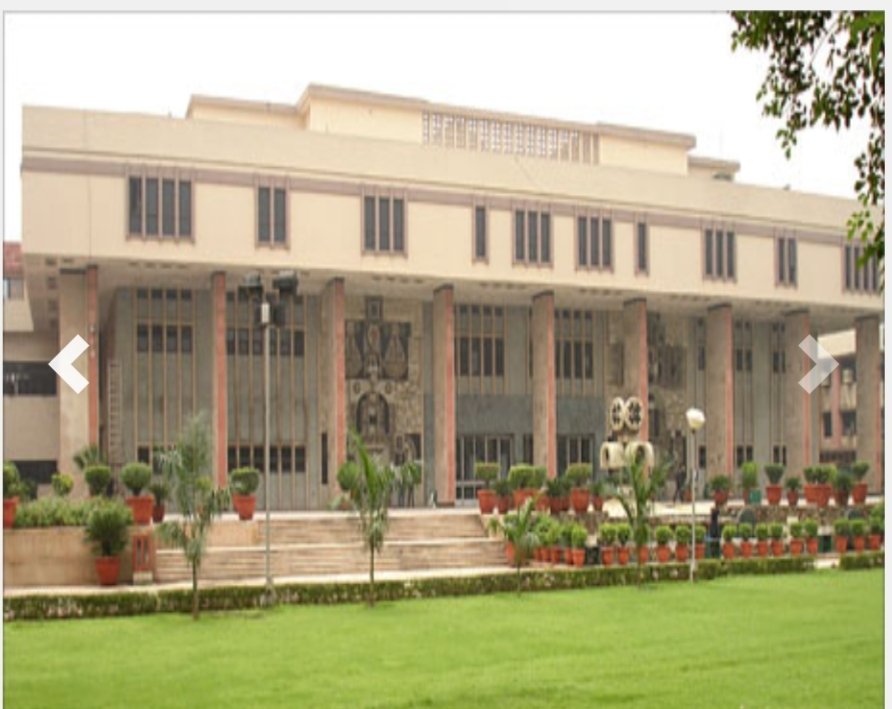The recent Delhi High Court decision in Kaira District Cooperative Milk Producers Union Ltd. (Amul) v. D N Bahri Trading Co. has bolstered the power of well-known trademarks in India, highlighting the legal protections afforded by the Trademarks Act of 1999. The action has far-reaching implications for brand protection, affecting not only Amul but also other well-known trademarks in India.
Case Overview
The case originated from a rectification petition filed by Amul under Sections 47 and 57 of the Trade Marks Act, 1999. Amul, officially known as Kaira District Cooperative Milk Producers Union Ltd., sought the removal of a trademark registered by D N Bahri Trading, which was allegedly infringing on Amul’s well-known trademark. The trademark in question was being used for a fruit drink marketed by D N Bahri Trading, which bore a name similar to Amul’s widely recognized brand. This similarity, according to Amul, was likely to cause confusion among consumers and dilute the distinctive identity of its established brand, prompting legal action to protect its trademark from unauthorized use and potential dilution.
Further, Amul argued that the protection of its well-known trademark extended beyond dairy products to prevent any unauthorized use that could exploit or diminish its brand equity. This legal move was aimed at ensuring that the “Amul” trademark remained uniquely associated with its products, preserving the brand’s identity and market position against any form of infringement or dilution.
Court’s Analysis & Decision
The Delhi High Court, in its ruling, reaffirmed that Amul’s trademark has acquired an extensive and distinctive reputation across India, transcending beyond just milk and milk products. The court highlighted that Amul’s trademark, which has been a symbol of quality and trust since 1946, had been officially recognized as a well-known trademark in 2011. This status provides Amul’s trademark with protection across all classes of goods and services, effectively preventing other entities from using the name “Amul” in any context that could cause confusion or dilute the brand’s distinctiveness.
The court dismissed D N Bahri Trading’s argument that “Amul” was a generic term derived from the Hindi word “Amulya,” meaning invaluable, and could not be exclusively claimed by the petitioner. The petitioners argued that generic terms are not typically granted trademark protection as they describe product or service qualities rather than distinguishing the source of goods. The defence argued that “Amul,” a term similar to “Amulya,” should be treated as generic and not exclusively associated with the petitioner’s brand, as it could be used in various contexts without infringing on Amul’s trademark rights.
The court found this argument untenable, as the trademark had strong distinctiveness and was inherently associated with the petitioner’s products and services. The court ordered the rectification of the trademark register, protecting Amul’s brand identity and setting a precedent for trademark enforcement in India.
Implications For Trademark Law In India
This judgment is a significant milestone in Indian trademark jurisprudence, particularly for brands that have achieved the status of a well-known trademark. The Delhi High Court’s decision underscores the importance of maintaining the integrity of a brand’s identity and preventing any misuse that could potentially harm its reputation. For companies with well-known trademarks, this ruling reinforces the legal protections available under the Trade Marks Act, 1999, offering them a robust framework to safeguard their intellectual property against infringement.
The recognition of “Amul” as a well-known trademark indicated that it had transcended its linguistic roots and was now associated with the petitioner’s products, meriting exclusive protection across all classes of goods and services.
This court opinion highlights the concept that, even if a word has generic origins, it can achieve distinctiveness and legal protection via extensive and exclusive use, particularly when it becomes firmly associated with a certain brand in the eyes of consumers. This decision reinforces the notion that a trademark’s distinctiveness is determined not just by its etymological roots, but also by its commercial impact and market awareness. Moreover, this case highlights the necessity for businesses to conduct thorough trademark searches and due diligence before registering or using a trademark. The risk of infringing on a well-known trademark can lead to legal challenges, as evidenced by this case, which could result in the cancellation of the infringing mark and significant financial and reputational costs.
Conclusion
This. case is a clear affirmation of the robust protections that well-known trademarks enjoy under Indian law. The Delhi High Court’s ruling not only protects the legacy and reputation of Amul but also serves as a crucial reminder for businesses to respect established trademarks and the legal consequences of infringement. This decision will most likely serve as a precedent for future cases involving well-known trademarks, ensuring that brand owners’ rights are preserved and safeguarded across all classes of goods and services. This verdict not only protects the brand’s tradition and reputation, but it also sends a clear message to businesses about the consequences of trademark infringement. The court’s decision highlights that the misuse or unauthorized adoption of established trademarks will not be tolerated, emphasizing the need for companies to conduct thorough due diligence when developing and registering their own trademarks.
Furthermore, this decision is expected to act as a crucial reference point in future trademark disputes, directing the judiciary to preserve brand owners’ rights. It guarantees that well-known trademarks, which have great commercial value and consumer confidence, are adequately safeguarded from attempts to weaken their uniqueness or abuse their goodwill. In an increasingly competitive market, the ruling underscores the idea that a well-known brand’s integrity must be protected, ensuring that customers may continue to identify these trademarks with the quality and dependability they have grown to expect.
Authors: Bhumika Sharma & Saanvi Kumar

